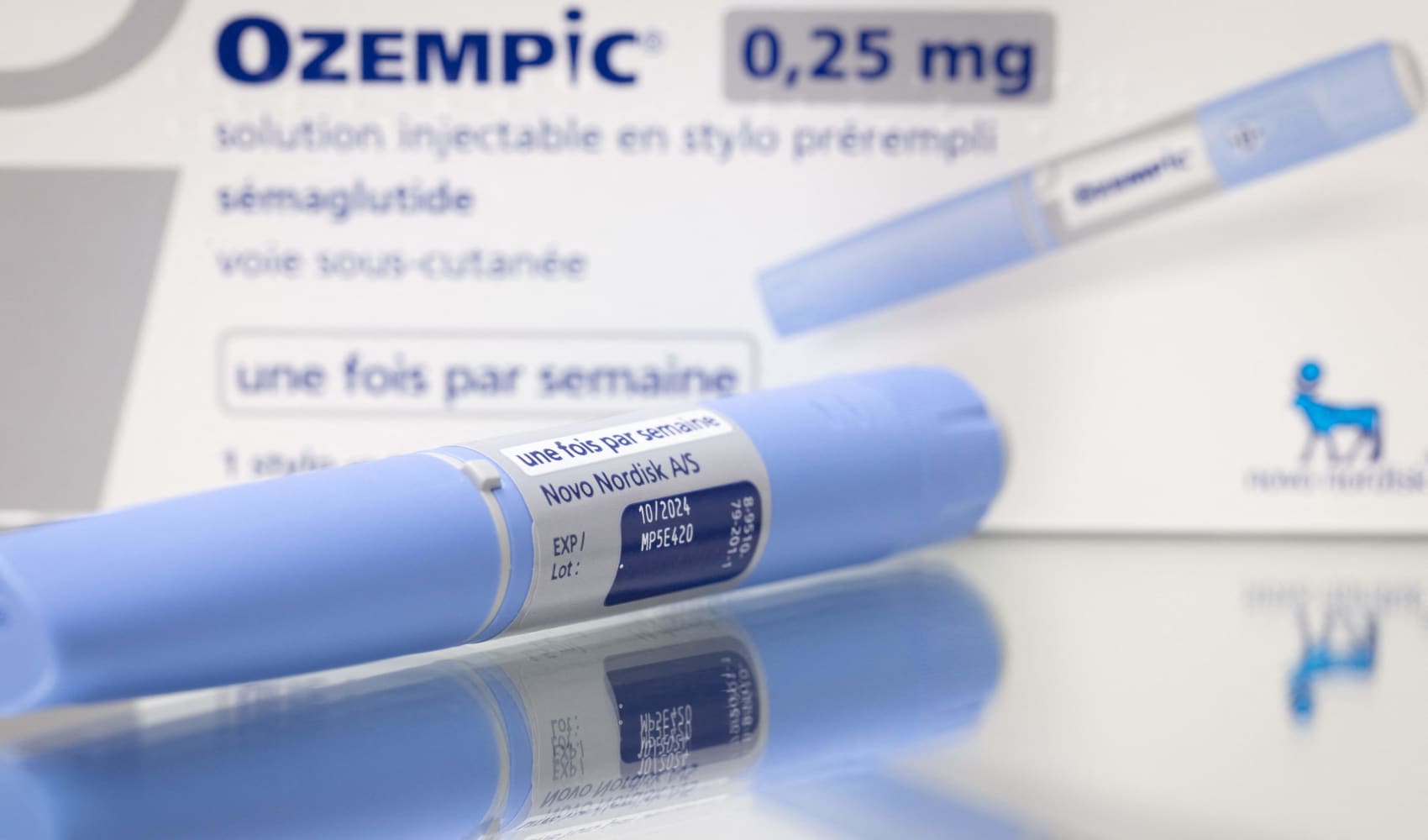
Health insurance doesn’t necessarily protect patients from medical debt: A survey from the American Cancer Society's Cancer Action Network published Thursday found that almost all cancer patients burdened with debt also had insurance coverage.
The findings underscore the exorbitant cost of cancer care in the United States.
The results were based on survey responses taken from nearly 1,300 cancer patients and survivors from March 18 through April 14.
Overall, 47% of patients reported medical debt related to their cancer treatment, with half carrying debt that exceeded $5,000. More than two-thirds carried their debt for more than a year; about a third carried the debt for over three years.
The Hurricane season is on. Our meteorologists are ready. Sign up for the NBC 6 Weather newsletter to get the latest forecast in your inbox.
Virtually all — 98% — had health insurance at the time the debt was incurred.
“While it is terrific that 98% had some form of coverage, what this tells us is that’s clearly not enough,” said Karen Knudsen, the CEO of the American Cancer Society. “Cancer care is really devastating to people’s financial position.”
Medical debt can have serious implications for health, Knudsen said. Patients are more likely to be behind on their recommended cancer screenings or skip or delay medication. They may also go without essentials such as food, clothing and transportation.
The survey also found that Black and Hispanic patients with medical debt were about twice as likely as white respondents to report being denied care due to their debt.
“It’s very disturbing,” Knudsen said. “Black people in the country are more likely to owe more and more likely to carry the debt for longer.”
The financial strain often skewed younger, with nearly three-quarters of cancer patients ages 35 to 44 carrying medical debt.
“We were really dismayed to see that,” Knudsen said. “That strain has been shown to be durable in their lifetime, impacting their choices, their ability to take jobs and of their choice to have a life that they would like.”
Dr. Fumiko Chino, a radiation oncologist at Memorial Sloan Kettering Cancer Center in New York City, is deeply familiar with the high cost of cancer care.
In 2007, her husband, Andrew, died from a rare form of endocrine cancer. His insurance, which had a lifetime limit of $500,000, was insufficient to cover the total cost of his cancer treatments, and after his death, debt collectors turned to her to demand payments. It wasn’t until a decade later that Chino learned she wasn’t responsible for the debt.
“It is a pervasive problem. We really have an affordability gap,” Chino said. “We’re talking hundreds of thousands, up to millions of patients every single year that are really facing excruciating decisions between their life and their life savings.”
Arthur Caplan, the head of the Division of Medical Ethics at NYU Langone Medical Center in New York City, noted that many of the people with medical debt had so-called high deductible health plans, which likely contributed to the financial burden.
High-deductible plans usually have lower monthly premiums, but require the patient to pay much more out-of-pocket before coverage kicks in.
“While people are insured, sometimes they don’t have very good insurance,” he said.
Still, the high cost of cancer care can cause financial strain for people with good health insurance, too, he added.
“These cancer treatments can go on and on,” he said. “They can also cost a lot of money for diagnostic testing, genetic testing, and pretty soon you say, ‘Well, I have a policy of a million dollars and it’s gone.’”
Knudsen said the findings highlight the importance of finding cancers in people earlier.
“We know that not only is there a better outcome when cancers are caught earlier, but it’s the case that there is a significant reduction in cost,” she said.
This story first appeared on NBCNews.com. More from NBC News:




